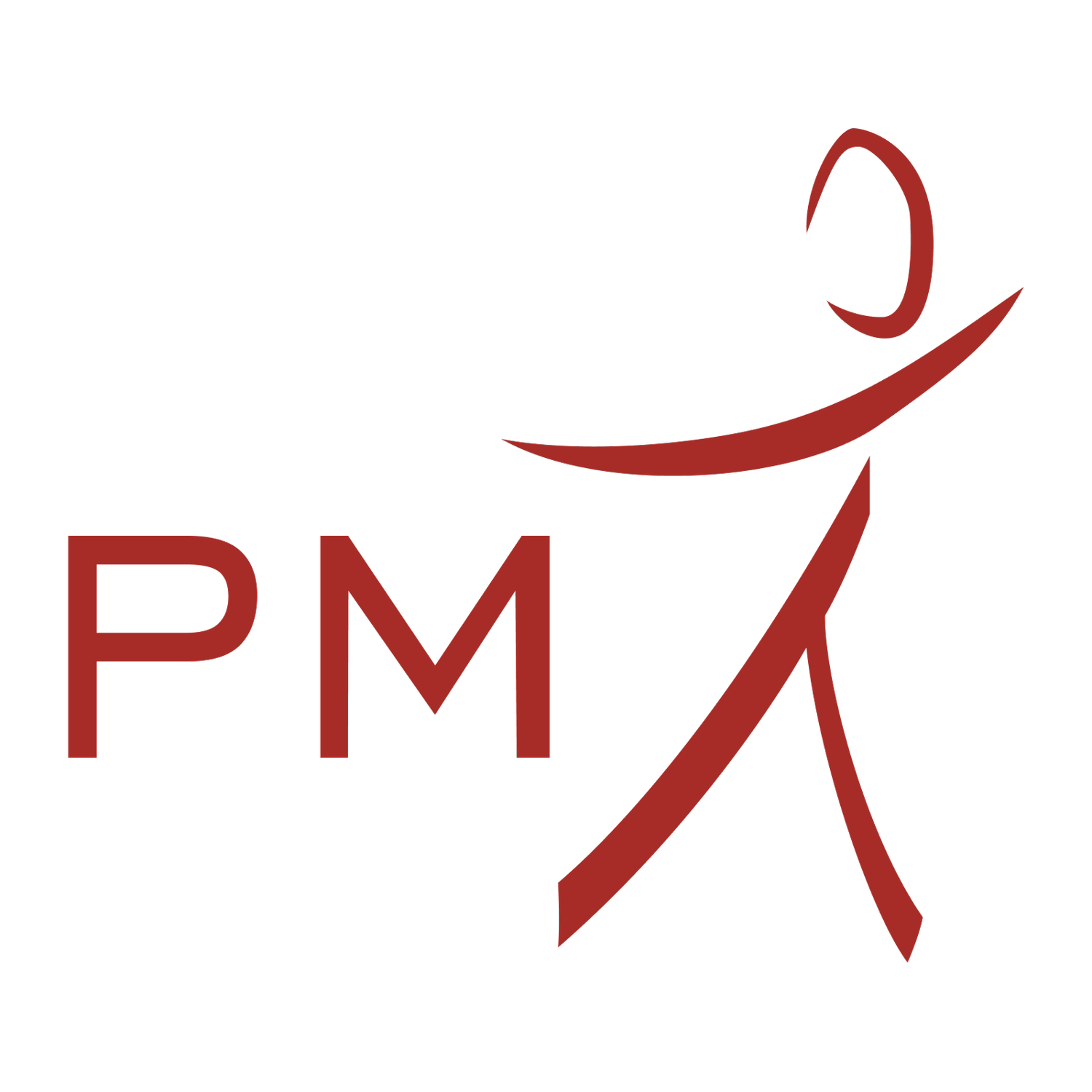Hip Injuries
The Hip Joint
The hip joint is a ball and socket synovial joint, formed by pelvic acetabulum (the socket), the labrum (cartilage rim) and the head of the femur (the ball). It forms a connection from the lower limb to the pelvic girdle, and is thus designed for stability and weight-bearing.
Femoral-Acetabular Impingement (FAI) Syndrome & Labral Tears
FAI occurs when normal movement of the hip joint is restricted due to excessive bone growth on either the socket or the femur. This is caused by increased contact between the bones. Over time, this may cause labral tears, degeneration of the cartilage and bone spurs leading to osteoarthritis. Pain often occurs in the front aspect of the hip, but also in the groin or thigh and specifically when the hip is brought into flexion, adduction and internal rotation. FAI may also be present in asymptomatic patients.
A labral tear of the hip occurs when the labrum (cartilage rim of the socket) becomes detached or degenerates. The labrum cushions impact in the hip, provides a vacuum- like seal and increases the stability of the hip joint.
What are the Symptoms of FAI & Labral Tears?
FAI’s are often associated with labral tears, but often, labral tears are present without a FAI. They both present with similar symptoms and a differential diagnosis is important in receiving appropriate management. Symptoms for both FAI and labral tears include:
Hip or groin pain with prolonged sitting, stairs, squatting & pivoting / accelerating sports
Pain in the thigh, groin, back or buttock
Stiffness, restricted range, clicking, catching and giving way may be reported
Pain with side lying on the painful hip
Three types of FAI: CAM-flattening of the femoral neck and head; Pincer-bone spurs on the socket; and Mixed-combination of pincer and CAM.
What are the Causes of FAI & Labral Tears?
The underlying causes of both FAI and labral tears are ineffective biomechanical loading through the hip joint associated with non-optimal neuromuscular activation patterns.
This will present as asymmetrical strength and tone in the hip and trunk muscles. Specifically, the gluteals, deep hip, abdominal wall and spinal muscles.
Other causes are:
Structural abnormalities – congenital hip problems causes wear and tear of the labrum leading to FAI
Trauma – Injury in contact sports or dislocation e.g., a car accident
Repetitive Motions – Sports such as running; twisting and pivoting sports such as golf, ballet, hockey, hockey, softball.
How Does Physiotherapy Help?
At PhysioMotion, our Physiotherapists will perform a comprehensive assessment to diagnose your injury and start a progressive treatment protocol to expedite recovery. Counselling whether surgical or non-surgical options are considered based on the most up to date medical research.
Effective early management of hip pain related to FAI & labral tears are crucial in preventing osteoarthritis and undesired compensatory patterns elsewhere in the musculoskeletal system.



